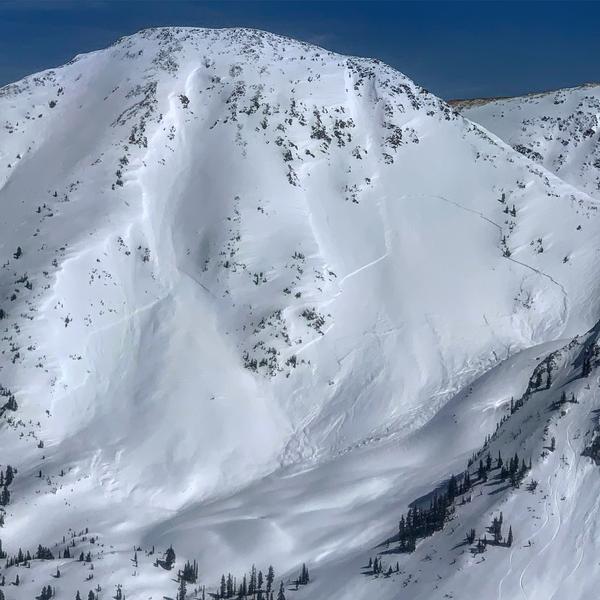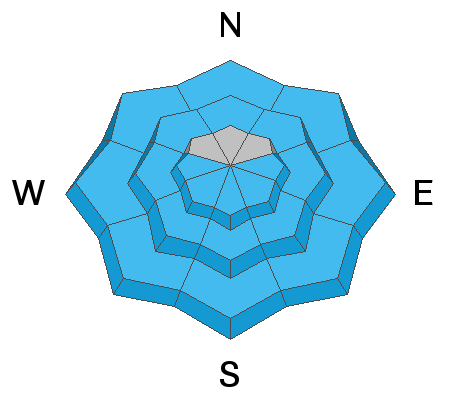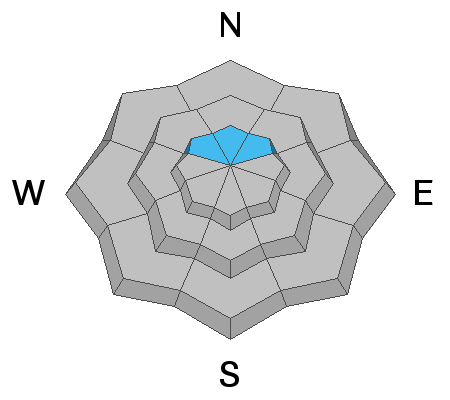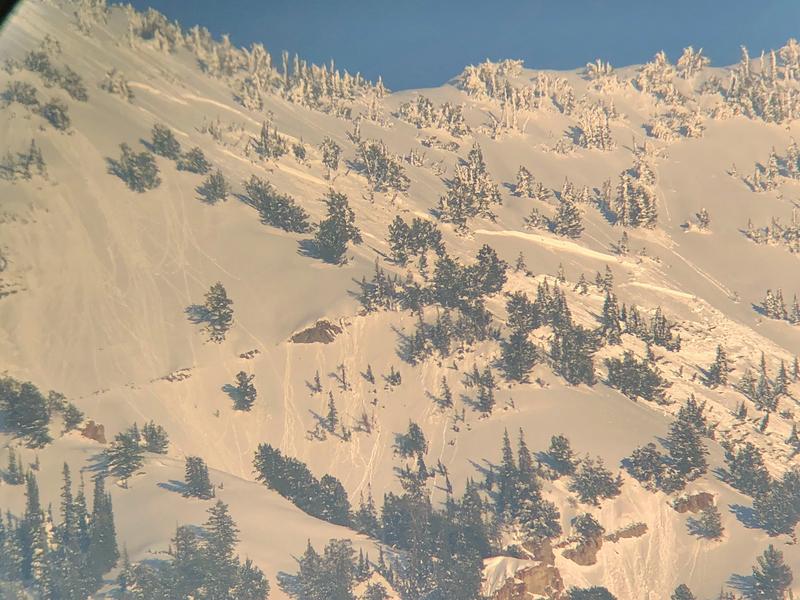Forecast for the Salt Lake Area Mountains

Issued by Trent Meisenheimer on
Sunday morning, March 17, 2019
Sunday morning, March 17, 2019
The avalanche danger is LOW early this morning, but will rapidly increase to MODERATE for Wet Snow avalanches in almost all steep backcountry terrain.
Travel advice is straight forward: when the snow becomes damp or wet where you are, get off of and out from under steep slopes. Wet sluffs that can carry and bury a person will be easy to trigger and natural avalanches will occur. Head to low angle terrain and avoid run out zones like the bottom of gullies.
On upper elevation, steep, shady slopes, isolated shallow soft slab avalanches and sluffs can still be triggered.
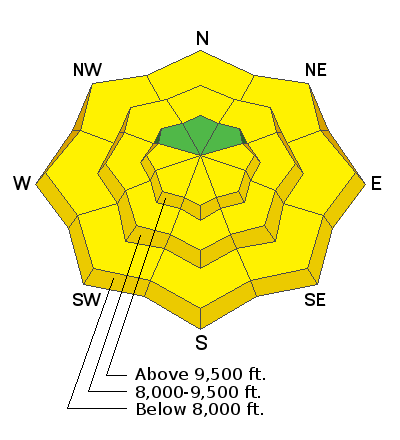
Low
Moderate
Considerable
High
Extreme
Learn how to read the forecast here



